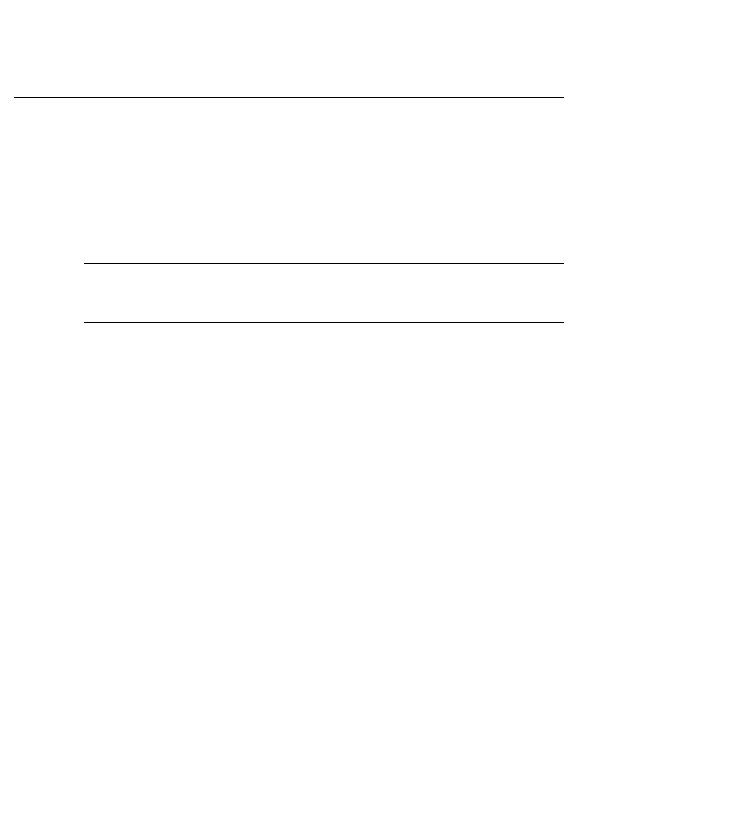
626 Chapter 16: Voice Techniques
Step 3
Calculate the number of Erlangs as follows:
Number of users
Ч CCS = total CCS
Total CCS / 36 = number of Erlangs
Step 4
Based on these calculations, determine how many trunks are
needed.
NOTE
CCS is typically dependent on what type of business you are in. The hotel and hospital
industries, for example, use a CCS of 4, and finance companies use a CCS of 8. If the CCS is
unknown, use a value of 6.
New System Example
Suppose that you expect the following traffic patterns:
·
40 percent inbound traffic (IT)
·
40 percent outbound traffic (OT)
·
20 percent station-to-station calls (S)
Assuming that you have 75 end users and that you are using the default CCS (6), make the
following calculations:
75 users
Ч 6 CCS = 450 CCS
450 / 36 = 12.5 Erlangs (E)
Assuming that you are using a GoS value of 0.01 for DID and CO lines, you calculate that you
need 11 IT lines and 11 OT lines, for a total of 22 lines:
40%IT
40%
Ч 12.5E = 5.00 E
11 DID lines
40%OT
40%
Ч 12.5E = 5.00 E
11 CO lines
Totals:
10.00E
22 analog lines
Based on the Erlang B table, approximately 18 trunks will be needed, and one T1 "supertrunk"
with DID must be provisioned along with CO, and long-distance services, or 18 analog trunks.
87200333.book Page 626 Wednesday, August 22, 2001 1:41 PM
